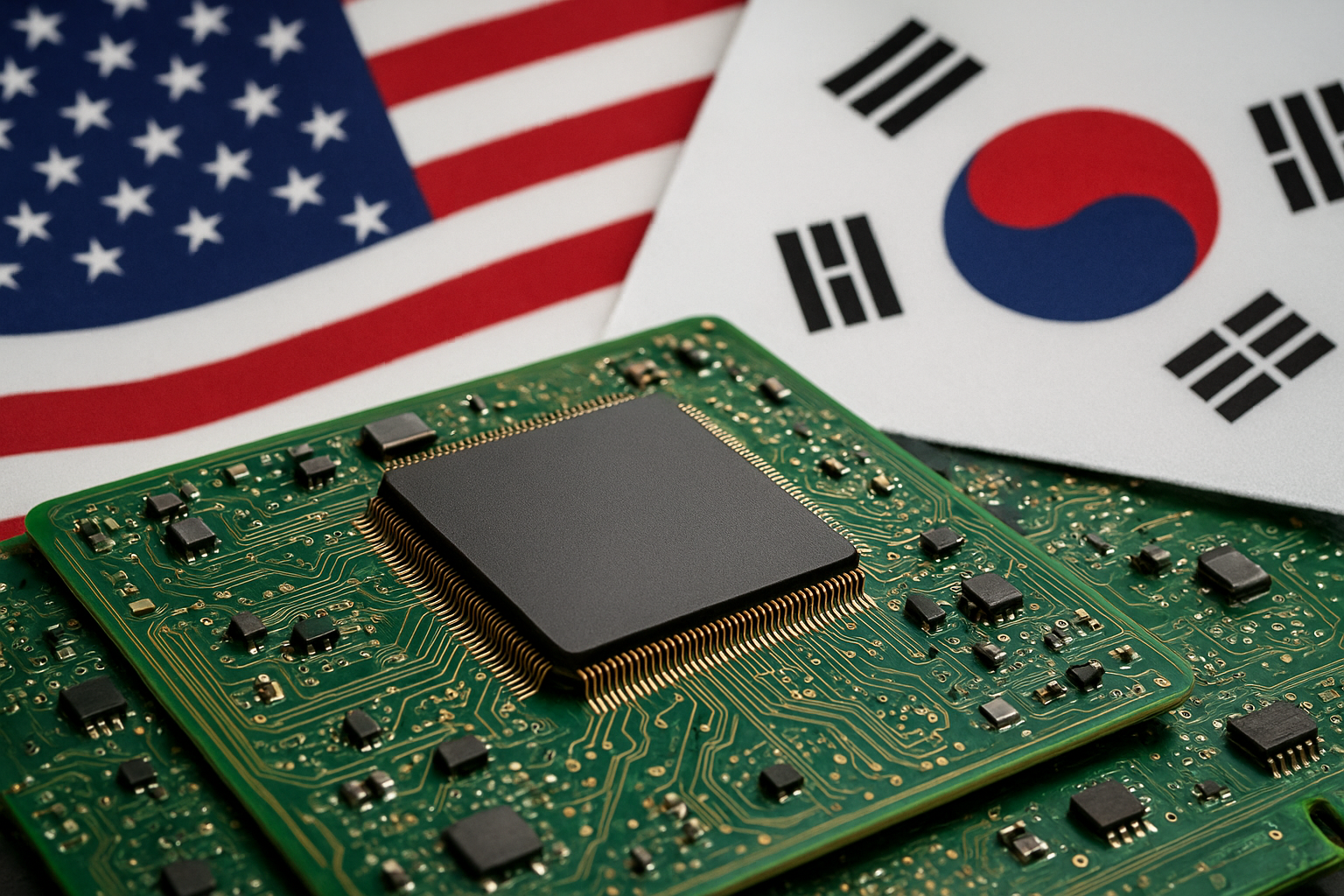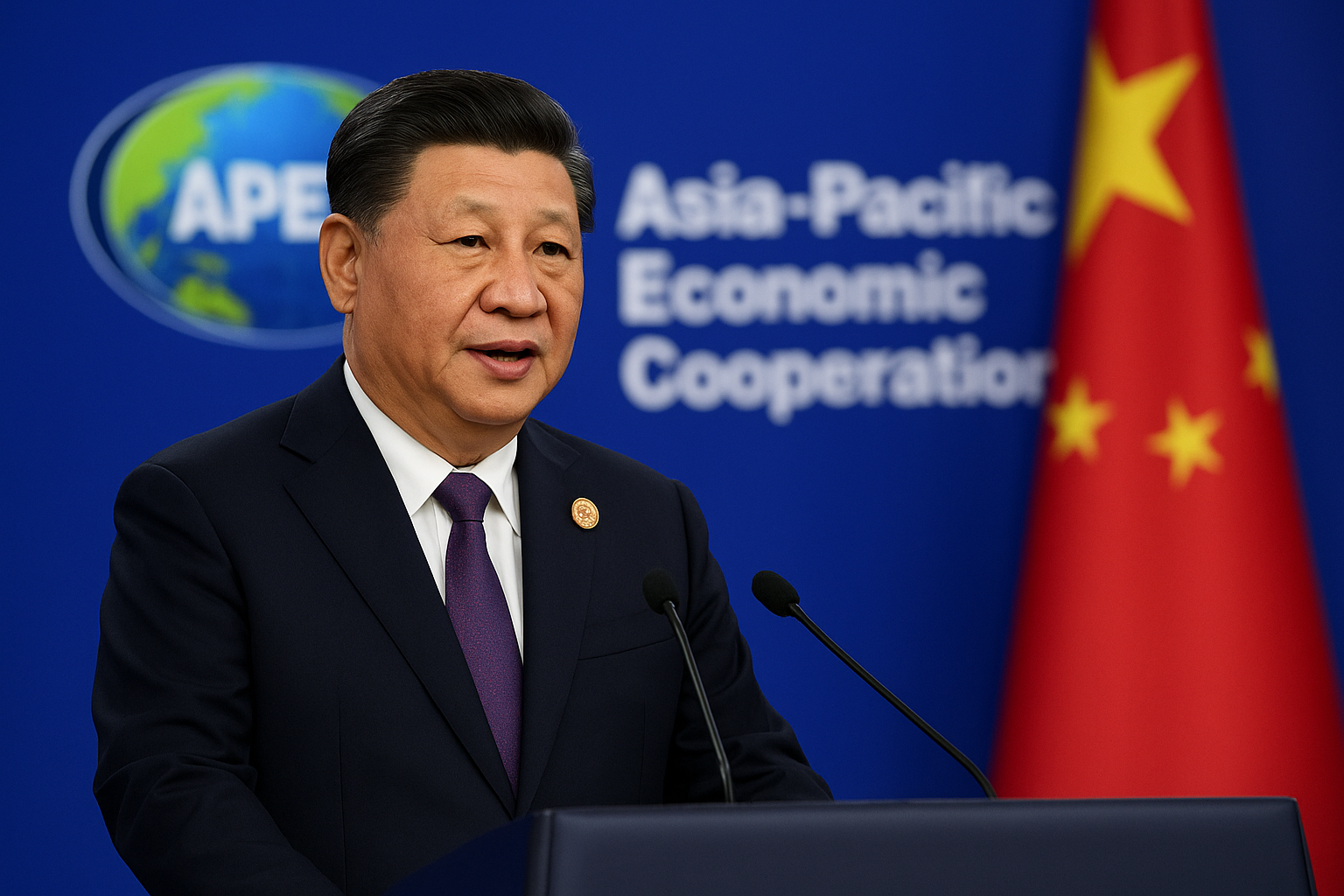Global markets entered Thursday with an uneasy tone as Nvidia delivered another blockbuster earnings report—only to see its stock retreat amid escalating concerns over China. The semiconductor giant’s results underscored its dominance in artificial intelligence (AI) infrastructure, but lingering questions about U.S.–China trade tensions, and zero shipments of its H20 AI chips to the Chinese market, sent shockwaves through equities in Asia and raised volatility across the broader chip sector.
According to Reuters, Nvidia posted better-than-expected revenue and profit, buoyed by relentless demand for AI-capable processors powering everything from hyperscale data centers to sovereign AI projects. Yet shares slipped in after-hours trading, a stark reminder that geopolitics can swiftly alter the trajectory of even the most powerful growth stories.
Why This Matters for Investors
Nvidia now represents roughly 8% of the S&P 500—making its quarterly results a de facto sentiment gauge for global equities. A sharp move in the stock ripples through the index, and by extension, across global markets.
But the elephant in the room is China. In 2024, China accounted for nearly 20–25% of Nvidia’s data center revenue, largely through cloud providers and AI developers. With the U.S. imposing increasingly strict chip export restrictions, and Beijing retaliating with its own tech policies, Nvidia has been forced to halt shipments of its H20 model—the most advanced AI chip still permitted under U.S. rules.
This move highlights a critical vulnerability: while Nvidia’s technology lead remains unmatched, its reliance on Chinese demand makes it an outlier in trade-sensitive risk. For investors, the message is clear: geopolitical headwinds can curb even the strongest earnings growth.
Market Reactions and Analyst Commentary
Asian stocks wavered Thursday following the news. In Tokyo, chip supplier shares like Tokyo Electron and Advantest slid more than 2%, while Taiwan Semiconductor Manufacturing Co. (TSMC) saw pressure as well. The broader MSCI Asia ex-Japan index hovered near flat, weighed down by semiconductor weakness.
Analysts are increasingly factoring trade risks into valuations. Dan Ives of Wedbush Securities told Bloomberg earlier this month that “Nvidia’s AI story remains intact, but China remains the ‘white knuckle’ risk for investors.” Meanwhile, Goldman Sachs cautioned that any prolonged disruption in China sales could trim as much as 5–7% of forward revenue growth.
Markets are also bracing for heightened volatility in chipmakers. The Philadelphia Semiconductor Index (SOX) has surged over 50% year-to-date, reflecting AI optimism, but this rally leaves little margin for geopolitical setbacks.
Future Trends to Watch
- Diversification Beyond China
Nvidia has been accelerating partnerships in the Middle East and Europe, where sovereign AI projects are expanding rapidly. Deals with UAE-based G42 and Saudi Arabia’s Aramco highlight a shift toward non-U.S./China revenue streams. - Competitor Landscape
Rivals such as AMD and Intel are racing to close the AI gap. AMD’s MI300X GPU has already found traction with Microsoft’s Azure, while Intel’s Gaudi line continues to receive incremental wins. Should U.S.–China restrictions deepen, competitors with less exposure could gain relative advantage. - Policy and Tariffs
U.S. trade policy remains a wild card. President Trump has reiterated threats of sweeping tariffs on Chinese imports if negotiations stall, which could further complicate semiconductor supply chains. A more protectionist stance would likely favor domestic chip investments but add costs for global players.
Key Investment Insight
For investors, Nvidia’s earnings highlight both the opportunity and risk embedded in AI exposure. While its long-term growth trajectory remains compelling, concentrated bets on a single stock leave portfolios vulnerable to geopolitical volatility.
A more resilient strategy involves:
- Diversifying across AI-linked semiconductors (TSMC, AMD, ASML) to spread risk.
- Exploring AI infrastructure plays (cloud providers like Microsoft $MSFT or Amazon $AMZN) that benefit indirectly from chip demand.
- Keeping a close eye on U.S.–China relations, as export policies could swing valuations dramatically.
Simply put, Nvidia is still the crown jewel of AI, but its global entanglements mean investors should approach with both confidence and caution.
Global markets are being reminded that technology leadership does not insulate a company from geopolitics. Nvidia may have beaten Wall Street expectations, but the bigger question is whether its China exposure can be managed without derailing its long-term growth story.
For investors, the coming weeks may prove pivotal: will Nvidia’s dominance override trade turbulence, or are we entering a phase where geopolitics—not earnings—sets the market tone?
Stay tuned with MoneyNews.Today for daily insights on how AI, policy, and market trends are shaping tomorrow’s investment opportunities.





